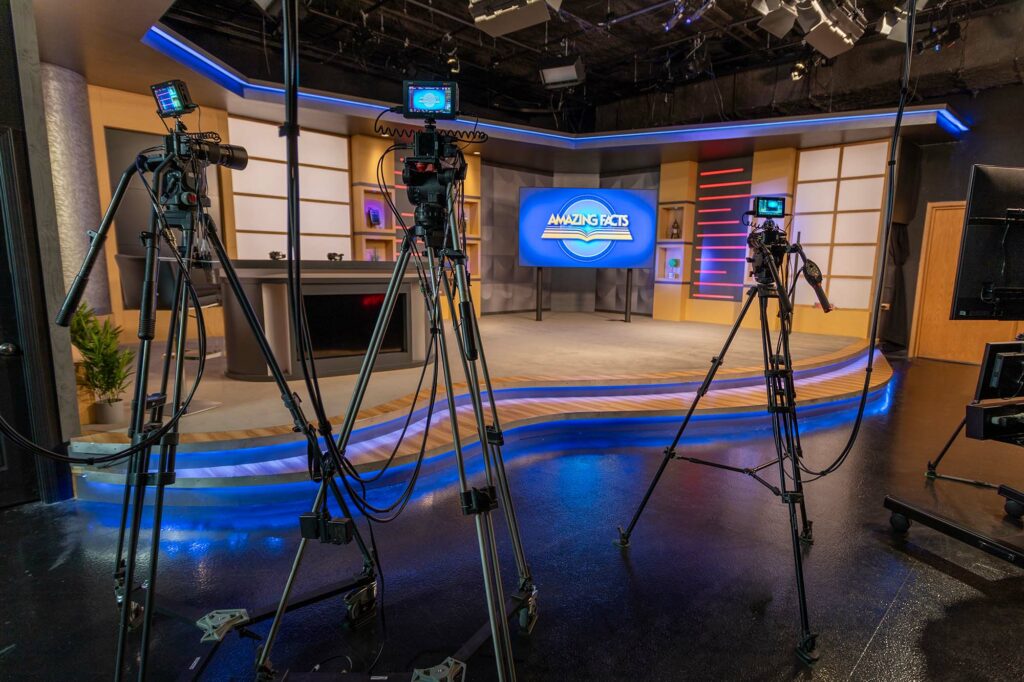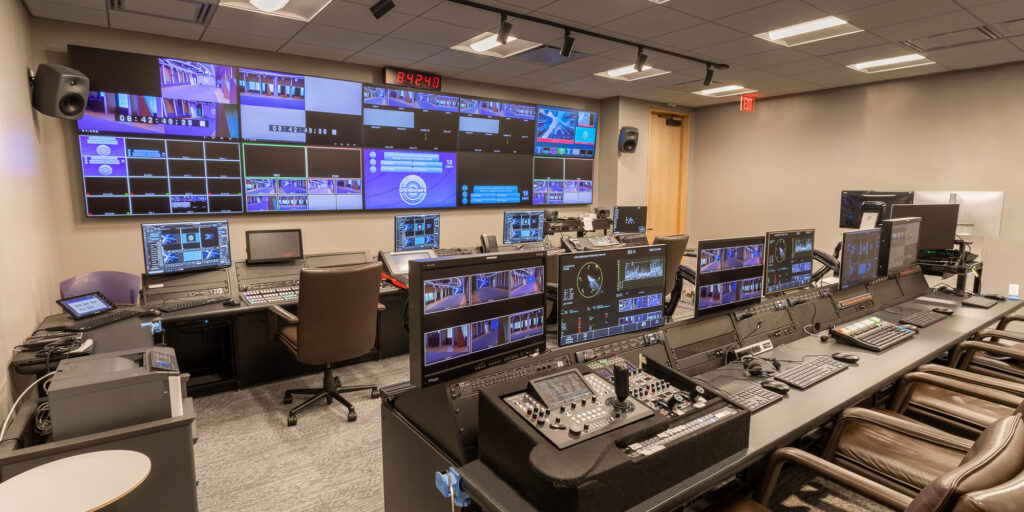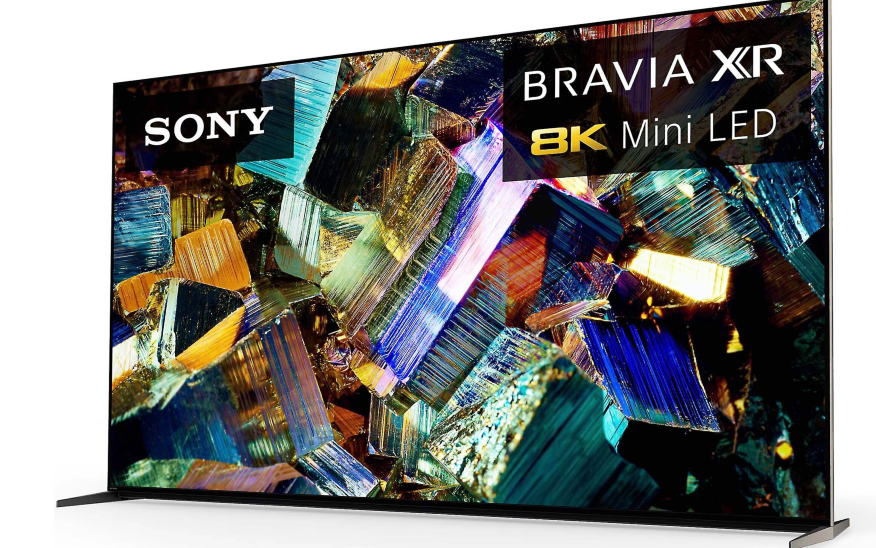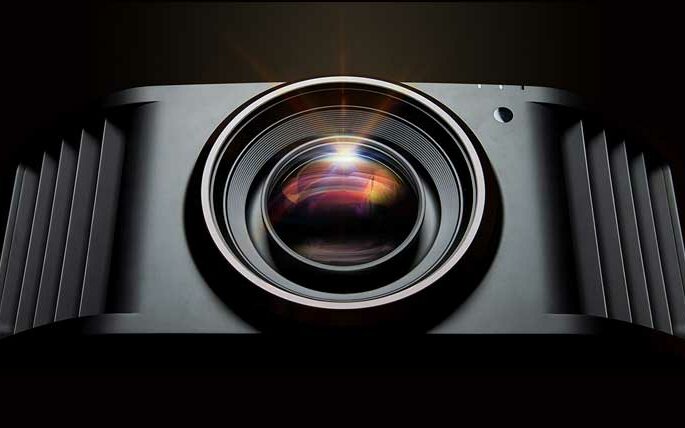As the demand for high-quality visual displays continues to grow, the conversation around 4K and 8K resolutions is becoming increasingly relevant for businesses in the commercial AV sector. Whether you’re upgrading conference rooms, setting up digital signage, or designing immersive experiences, understanding the key differences between 4K and 8K resolutions is crucial. In this article, we’ll explore the main points to consider: increased visual detail and clarity, higher bandwidth requirements, the impact on content creation and production, consumer adoption and market trends, and the future of immersive entertainment technology.
The Role of Immersive Technology in Entertainment
In addition to the advancements in resolution, immersive experiences are shaping the future of entertainment. Venues like the Cosm’s 360-degree sports viewing experience and MSG Sphere in Las Vegas are prime examples of how large-scale, high-resolution displays are transforming audience engagement.
Cosm’s 360-degree LED venues are taking over the sports viewing experience in the U.S., offering fans a fully immersive, multi-angle viewing platform. With integrated augmented reality and interactive features, these venues provide a next-level experience for sports enthusiasts. These innovations highlight the growing trend of using immersive, high-resolution technology to captivate audiences in entirely new ways.
The MSG Sphere offers an unprecedented visual and auditory experience, featuring a 160,000-square-foot 16K screen and cutting-edge audio technology that delivers personalized sound to every seat. This venue represents the pinnacle of immersive entertainment and sets a new standard for live events.
Impact on Content Creation and Production
The shift toward higher resolutions like 4K and 8K has a profound impact on content creation. Creating content in these formats requires robust equipment and processing power.
Content Creation for 4K: 4K has become the standard for many industries, and creating 4K content is now more accessible thanks to optimized tools and platforms. Many cameras, editing software, and storage solutions support 4K content with relative ease.
Content Creation for 8K: While 8K production is still emerging, 8K cameras and editing platforms are available, though they require far more advanced technology and larger storage capacities. Producing 8K content is costly and complex, making it more suited to specialized industries such as high-end film production, medical applications, or immersive virtual reality experiences.

Consumer Adoption and Market Trends
4K Adoption: 4K has become the new standard for televisions, monitors, and digital displays. The widespread availability of 4K content across streaming platforms and affordable 4K displays has driven its adoption in both consumer and commercial markets. For most businesses, 4K remains the sweet spot between quality, cost, and content availability.
8K Adoption: 8K is still in its early stages, with adoption growing in sectors like high-end retail, healthcare, and entertainment. While there is still a limited amount of 8K content available and the cost of 8K displays remains high, the technology is steadily advancing. As prices drop and more content becomes available, the adoption of 8K displays is expected to rise, particularly for specialized applications that demand ultra-high resolution.
Higher Bandwidth Requirements
While both 4K and 8K provide stunning visual quality, they come with significant bandwidth requirements, which is a critical factor for any commercial AV installation.
Bandwidth for 4K: Streaming or displaying 4K content requires around 15-25 Mbps for standard video streams. For real-time applications or interactive displays, this can increase substantially.
Bandwidth for 8K: 8K content demands even more, with streaming rates starting at 50 Mbps and potentially reaching over 100 Mbps depending on the compression and frame rate. For real-time 8K video or interactive applications, this requirement is much higher. Ensuring your network infrastructure can handle these demands is crucial to avoiding latency issues and maintaining smooth visual performance.

Increased Visual Detail and Clarity
One of the most significant advantages of both 4K and 8K resolutions is the enhanced visual detail they offer. However, is the difference between 4K and 8K discernible to the human eye?
4K Resolution: With a resolution of 3840 x 2160 pixels, 4K displays deliver four times the pixel density of standard HD. This results in sharper images, finer details, and an overall more immersive viewing experience, especially on large screens or close-up viewing.
8K Resolution: 8K steps it up with 7680 x 4320 pixels, offering four times the detail of 4K. While the difference between 4K and 8K can be more noticeable on larger screens, it may be less discernible to the human eye on smaller screens, especially at typical viewing distances. For applications like medical imaging or detailed design work, the clarity 8K offers can be significant.
Availability of 8K Cameras, Displays, and Projectors
The availability of 8K technology is expanding rapidly. Today, there are 8K cameras, displays, and even projectors available on the market. High-end manufacturers have introduced 8K projectors suitable for large venues, auditoriums, and premium meeting spaces. 8K cameras are also being used for specialized industries like film production, medical imaging, and virtual reality development, where extreme detail is crucial.


Will We See 8K in Meeting Spaces?
While 4K is currently the go-to for most meeting spaces, the introduction of 8K could revolutionize how businesses approach presentations and visual displays in conference rooms. As 8K technology becomes more affordable and content becomes more accessible, it’s likely we will begin to see 8K used in larger, more prestigious meeting spaces and executive briefing centers, especially where ultra-detailed visuals are critical to communication.
Trust Ford AV
When choosing between 4K and 8K displays for your commercial AV needs, it’s essential to weigh the benefits of increased visual detail against the higher bandwidth requirements, the impact on content creation, and current market trends. For most meeting spaces, 4K is the optimal choice due to its widespread adoption and availability of content. However, 8K represents the future of display technology and is likely to play a significant role in specialized environments where ultra-high resolution and immersive experiences are critical. Staying ahead of these trends will ensure that your business is ready to provide cutting-edge experiences for your audience.
Whether you’re looking to upgrade to 4K or explore the possibilities of 8K, Ford AV is ready to assist. Our team of experts is here to help meet your specific needs, providing tailored solutions that ensure you get the most out of your commercial AV investment—no matter which resolution you choose.
